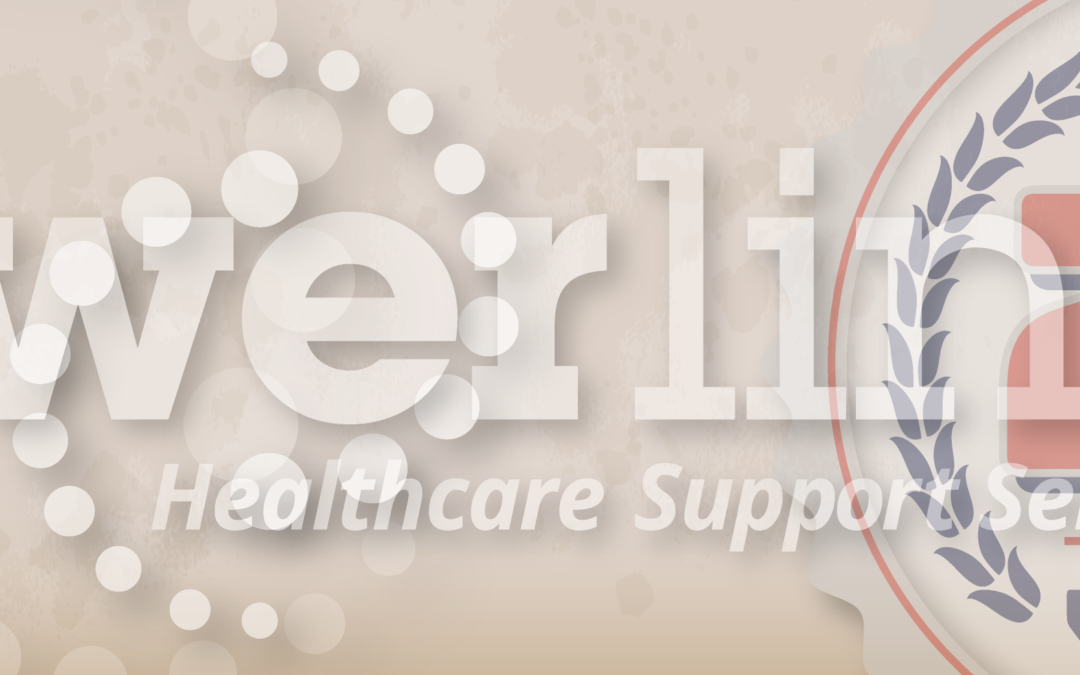Powerlink’s Blog

The Importance of Proper Hand Hygiene in Healthcare Settings
Hand hygiene is essential in healthcare settings to prevent the spread of infections. Healthcare workers (HCWs) come into contact with various infectious agents, including bacteria, viruses, fungi, and parasites, daily. Proper hand hygiene is crucial for preventing healthcare-associated infections (HAIs), which can have serious patient consequences, including prolonged hospital stays, increased healthcare costs, and even death.
According to the World Health Organization (WHO), approximately 1.4 million people worldwide suffer from an HAI at any given time. In the United States alone, HAIs affect approximately 1 in 25 hospitalized patients, resulting in an estimated 75,000 deaths yearly. HAIs also cost the US healthcare system an estimated $45 billion annually. These statistics highlight the importance of proper hand hygiene in healthcare settings.
The Importance of Hand Hygiene
Hand hygiene is the most effective measure for preventing the spread of infections in healthcare settings. HCWs are in constant contact with patients, and their hands can carry infectious agents from one patient to another, even when they appear healthy. Proper hand hygiene can prevent the transmission of these infectious agents, protecting patients, HCWs, and visitors to healthcare facilities.
There are several reasons why hand hygiene is important in healthcare settings:
Preventing the spread of infections: Proper hand hygiene can prevent the spread of infections from one person to another. HCWs can transmit infections to patients through contact, droplets, or airborne transmission. Hand hygiene can prevent the transmission of these infectious agents, reducing the risk of HAIs.
Protecting patients: Patients in healthcare settings are often vulnerable to infections due to underlying medical conditions or weakened immune systems. Proper hand hygiene can protect patients from infections, reducing the risk of complications and improving patient outcomes.
Protecting healthcare workers: HCWs are at risk of contracting infections from patients, and proper hand hygiene can reduce the risk of infection transmission. This protects the health and well-being of HCWs, allowing them to continue providing quality care to patients.
Compliance with regulations: Hand hygiene is a legal requirement in healthcare settings, and healthcare facilities must comply with regulatory standards to ensure patient safety. Non-compliance with hand hygiene regulations can result in fines, legal action, and damage to a facility’s reputation.
Types of Hand Hygiene
There are two types of hand hygiene: hand-washing and hand sanitizing. Hand-washing involves using soap and water to clean hands, while hand sanitizing involves using an alcohol-based hand sanitizer to kill germs. Hand-washing and hand sanitizing effectively reduce the number of microorganisms on the hands. Still, hand-washing is preferred when hands are visibly dirty or contaminated with blood or body fluids.
Hand-washing
Hand-washing is the most effective method for removing dirt, grease, and microorganisms from the hands. Proper hand-washing involves the following steps:
Wet hands with clean, running water.
Apply soap and rub hands together to lather the soap.
Scrub hands for at least 20 seconds, making sure to clean all surfaces of the hands, including the backs of the hands, between the fingers, and under the nails.
Rinse hands with clean, running water.
Dry hands with a clean towel or air dryer.
Hand Sanitizing
Hand sanitizing is an effective alternative to hand-washing when soap and water are unavailable. Alcohol-based hand sanitizers can kill most types of bacteria and viruses on the hands. Proper hand sanitizing involves the following steps:
Apply a sufficient amount of hand sanitizer to the palm of one hand.
Rub hands together, covering all surfaces of the hands and fingers.
Continue rubbing hands together until the hand sanitizer has evaporated.
Do not rinse or wipe.
Challenges to Proper Hand Hygiene
Despite the importance of proper hand hygiene, there are several challenges to implementing effective hand hygiene protocols in healthcare settings. Some of these challenges include:
Time constraints: HCWs are often pressed for time, and proper hand hygiene can add to their workload. However, it is essential to prioritize hand hygiene to prevent the spread of infections.
Non-compliance: HCWs may need to comply with hand hygiene protocols due to forgetfulness or a lack of understanding of the importance of hand hygiene.
Skin irritation: Frequent hand-washing and hand sanitizing can lead to skin irritation, which may discourage HCWs from following hand hygiene protocols. Providing HCWs with moisturizing hand creams and other products is essential to protect their skin.
Lack of resources: Healthcare facilities may lack the resources to provide sufficient hand hygiene products, including soap, water, and alcohol-based hand sanitizers.
Conclusion
Proper hand hygiene is critical for preventing the spread of infections in healthcare settings. HCWs must follow strict hand hygiene protocols to protect patients, themselves, and visitors to healthcare facilities. Hand hygiene is a legal requirement in healthcare settings, and healthcare facilities must comply with regulatory standards to ensure patient safety. Despite the challenges to implementing effective hand hygiene protocols, it is essential to prioritize hand hygiene to prevent the spread of infections and reduce the risk of HAIs. Healthcare facilities must provide HCWs with sufficient resources, including hand hygiene products and education, to promote proper hand hygiene practices. By prioritizing hand hygiene, healthcare facilities can improve patient outcomes, reduce healthcare costs, and promote a culture of safety in healthcare settings.

How to reduce food waste and ensure residents receive nutritious meals
Food waste is a major issue in the world today. According to the United Nations, one-third of all global food goes to waste yearly. This equates to approximately 1.3 billion tons of wasted food, while over 800 million people suffer from malnutrition. Reducing food...

Powerlink Healthcare Services: A Legacy of Compassionate Care
Powerlink Healthcare Services is a Michigan company whose professional staff follows industry standards for quality and process to help customers reduce costs, improve efficiency and achieve higher customer satisfaction. The company was founded Twenty years ago...
